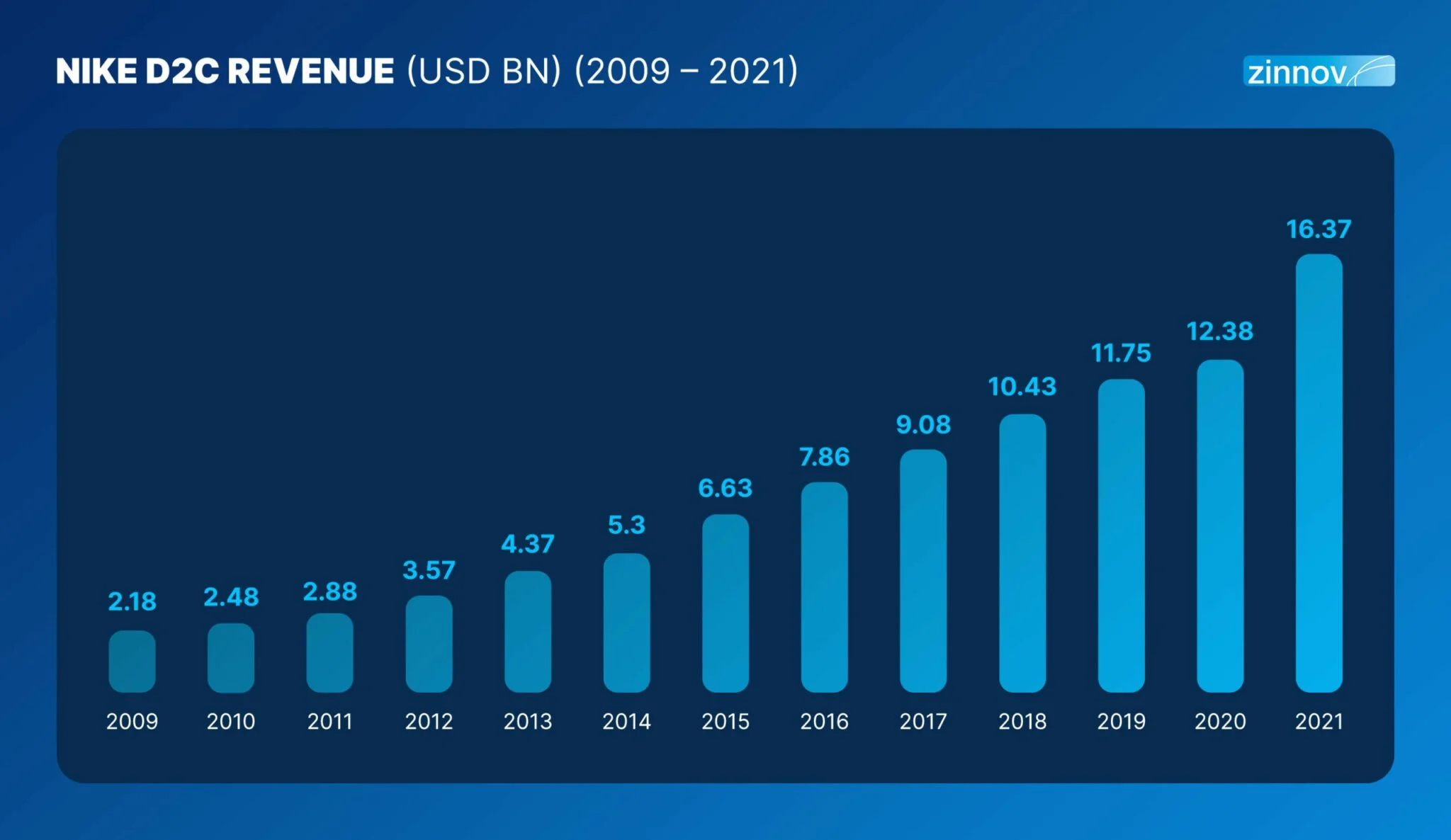Recapping My Headless Presentation at Shoptalk 2023
What is Headless eCommerce?
For those who didn’t attend Shoptalk in Las Vegas or missed my session, I gave a talk on 8:30 Monday morning about Implementing Headless eCommerce with my friend Dimple Rao, VP of Product Management and User Experience Design at Chico’s FAS.
If you don’t already know, Headless eCommerce is where the front-end user interface and the back-end functionality of an eCommerce platform are decoupled, allowing for greater flexibility and customization.
I answer the top 3 takeaways from the talk which were aimed on the higher end of the market:
How Can a Headless Approach Drive Revenue and Margin Gains for Retailers?
Is a Headless User Interface Necessary for Building a Custom User Experience?
What Internal Stakeholders Should be Involved in a Headless eCommerce Project?
How Can a Headless Approach Drive Revenue and Margin Gains for Retailers?
First, retailers that view their technology infrastructure as a product innovation engine that can drive both revenue and margin gains are much more likely to benefit from a headless approach as compared to retailers who view technology as a project-based cost center to be managed.
It’s very difficult for an “IT as a cost-center” type of company to reap the benefits of a best-in-class headless approach.
The reason for this is that stitching together a solution based on a collection of microservices requires a long-term commitment to maintaining a more complex infrastructure than just buying all components from the same vendor.
Lord knows I have seen more than one procurement team that thinks they are enterprise architects. My sincere condolences go out to business and technology leaders that work at these organizations.
Is a Headless User Interface Necessary for Building a Custom User Experience?
Second, while many people think a headless user interface is necessary to build a custom user experience, that may not always be the case. Many modern cloud-based platforms already have quite a bit of flexibility and continued innovation here may mean that your use cases can be covered without replatforming at all.
A corollary to this point is ensuring you are solving the right problem. Many people think that their business is too complex for an “out of the box” platform, when really there may be 10% of the business that is not a fit, but the rest would work just fine. Performing a detailed analysis of your business needs first can then inform a proper buy/build/partner analysis and help build your capability roadmap.
What Internal Stakeholders Should be Involved in a Headless eCommerce Project?
Third, it’s very important to line up the proper internal stakeholders before you begin a headless journey due to the investment levels involved. This includes your Board, executive team, and an important cross-section of both business and technical stakeholders. All sides should agree what the financial and business goals should be for the organization, and why the current situation is blocking the achievement of these goals. This is an important step which might seem like it’s a waste of time or obvious, but trust me it is not. When times get tough on a project, if project team members don’t understand why they are on the journey, then it’s very easy to get off track and lose momentum.
In particular, a good program manager is essential. Procurement, Legal, and Security teams are all essential partners on this journey as well. Don’t wait until after the project starts to involve them. Do it up front. That will earn you goodwill with this departments you will need later when your Legal team gets delayed and you need to put pressure on them to hit a project milestone.
How Important is Gaining Momentum Early in a Headless Project?
Finally, one of my top tips of a headless project is to gain momentum early. And not just any momentum — ensure that your early results match one of the Board of Directors’ critical multi-year priorities. This shows the business the art of the possible and can help an organization build momentum to invest further
If you’d like a copy of my slides, please drop me a Direct Message on Linkedin.
Expert Consulting: How Will You Grow Your eCommerce Company?
When growth is elusive, I am an expert at asking incisive questions to surface the real issues and then present straightforward ideas that your team can actually implement.
Mistakes are expensive. They cost money, of course. What’s worse is the opportunity cost. I work with investors and management teams worldwide to help them get a handle on their digital business plans to execute a clear path forward.
For more on Headless eCommerce, you might also like:




